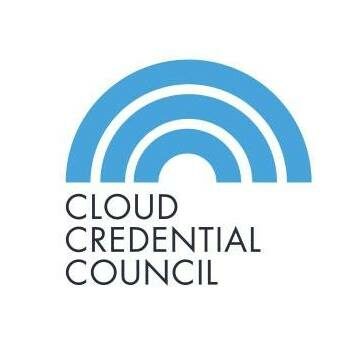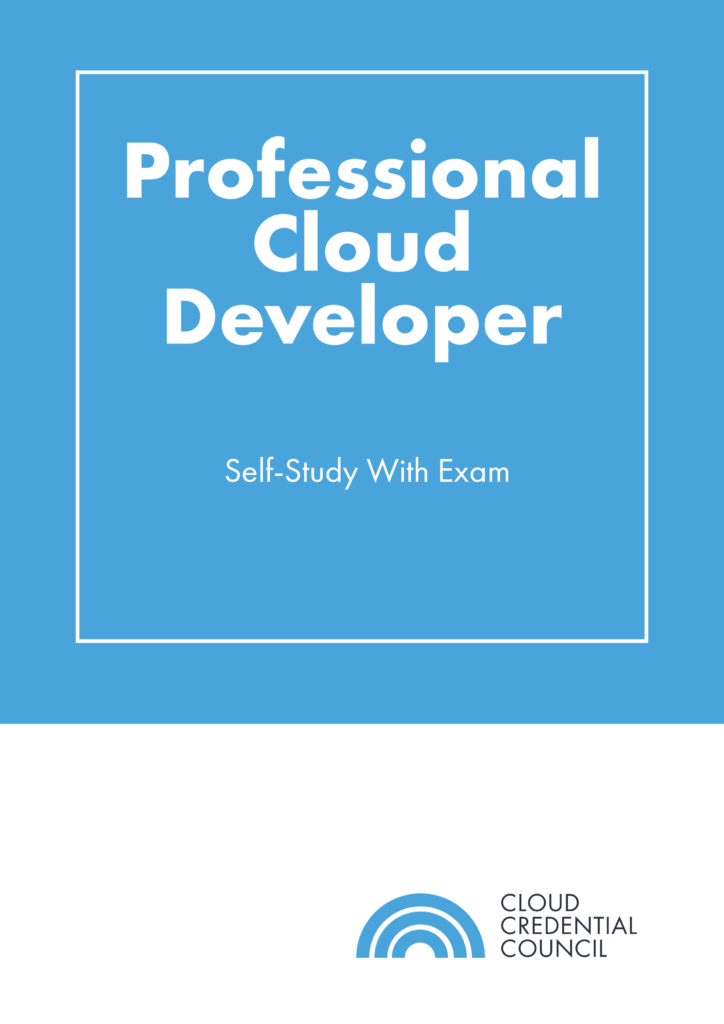Knowledge Byte: What You Need to Know About Metadata When Developing for The Cloud

Cloud Credential Council (CCC)

Metadata is in its essence “data about data”. The term is ambiguous, as it is used for two fundamentally different concepts (types).

The main purpose of metadata is to facilitate the discovery of relevant information, more often classified as resource discovery. Metadata also helps organize electronic resources, provide digital identification, and helps support archiving and preservation of the resource. Metadata assists in resource discovery by “allowing resources to be found by relevant criteria, identifying resources, bringing similar resources together, distinguishing dissimilar resources, and giving location information.”
The Dublin Core metadata terms are a set of vocabulary terms that can be used to describe resources for the purposes of discovery. The original set of 15 classic metadata terms, known as the Dublin Core metadata element set are endorsed in these standards: IETF RFC 5013, ISO 5836-2009, and NISO Standard Z39.85.
Metadata (meta content) is defined as the data providing information about one or more aspects of the data, such as:
● Means of creation of the data
● Purpose of the data
● Time and date of creation
● Creator or author of the data
● Location on a computer network where the data were created
● Standards used
For example, a digital image may include metadata that describe how large the picture is, the color depth, the image resolution, when the image was created, and other data. A text document’s metadata may contain information about how long the document is, who the author is when the document was written, and a short summary of the document.
Metadata is data. As such, metadata can be stored and managed in a database, often called a metadata registry or metadata repository. However, without context and a point of reference, it might be impossible to identify metadata just by looking at them. For example, in a database containing several 13-digits numbers, without any context, these numbers can be perceived as data; these numbers could be the results of calculations or they can be a list of numbers to plug into an equation. But if given the context that this database is a log of a book collection, those 13-digit numbers may be identified as ISBNs, information that refers to the book, but is not itself the information within the book.
The term “metadata” was coined in 1968 by Philip Bagley. In his book, “Extension of Programming Language Concepts“, it is clear that he uses the term in the ISO 11179 “traditional” sense, which is “structural metadata” i.e. “data about the containers of data”. It’s better than the alternate sense “content about individual instances of data content” or “meta content, the type of data usually found in library catalogs”, which is too long and ambiguous. Since then the fields of information management, information science, information technology, librarianship, and GIS have widely adopted the term. In these fields, the word metadata is defined as “data about data”. While this is the generally accepted definition, various disciplines have adopted their own more specific explanation and use of the term.
Courses to help you get
results with Cloud
Professional Cloud Developer™
The industry-recognized CCC Professional Cloud Developer certification is based on the Cloud standards developed by NIST and includes best practices on application design for Cloud environments. Importantly, it supports many vendor technology solutions, covering Open Source and major vendor standards. We made sure to include various high-quality reference materials to help you in your career…
Never miss an interesting article
Get our latest news, tutorials, guides, tips & deals delivered to your inbox.
Keep learning




